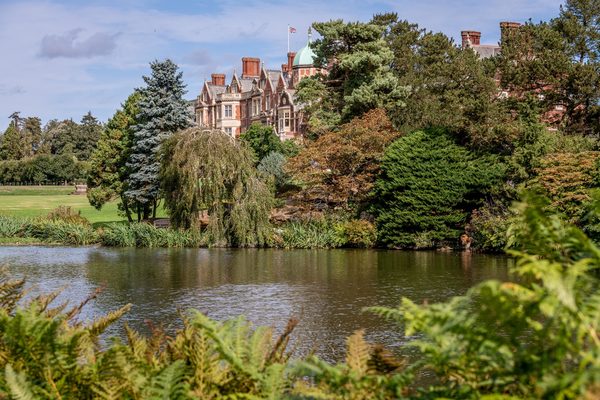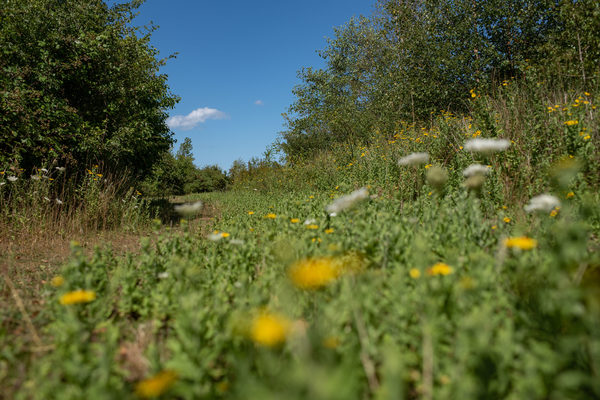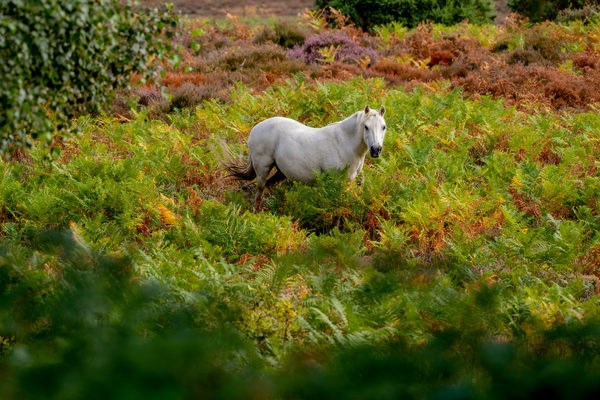The site lies on the north west Norfolk Greensand escarpment. It is notable for a rock dating from the Lower Cretaceous Period known as 'Dersingham Formation’ that has been important in understanding the geology of the region.
Dersingham Bog contains three distinct habitats, mire, heath and woodland. Acid valley mire is found over much of the low-lying parts of the reserve where the ground is waterlogged for most of the year. Dersingham Bog contains the largest remaining example of this kind of habitat in East Anglia. The Mire’s make-up of wet acid peat makes it ideal conditions for some rare and diverse species of plants such as bog asphodels, round-leaved sundew, white beaked sedge and cranberry. The Mire also has some rare insects such as the black darter dragonfly and moths such as the light knot grass. In the dark it is possible to see glow-worms. The mire lies on shallow peat and is bordered on one side by a steep escarpment containing large areas of dry heath and woodland that marks the edge of an ancient coastline. The woodland at Dersingham is quite recent and contains Scots pine, oak, sweet chestnut, sycamore and birch. The woodland glades attract birds such as redpoll, crossbill, long-eared owl, tree pipit, woodlark, shelduck, nightjar, and sparrow hawk.








